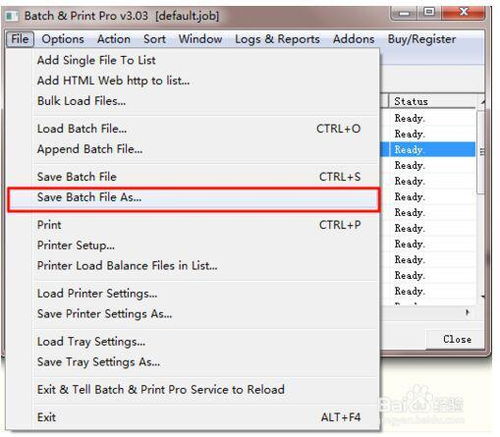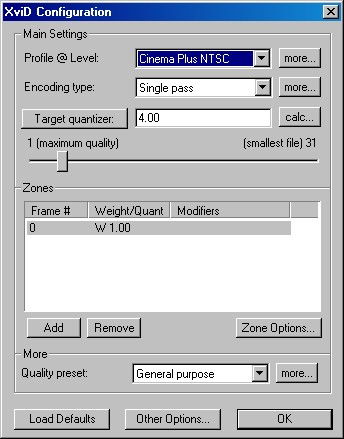
Media-Native: A Comprehensive Overview
Media-native refers to content that is specifically designed to be consumed on a particular platform or device. This concept has gained significant traction in recent years, as more and more people are consuming media on their smartphones, tablets, and other devices. In this article, we will delve into the various aspects of media-native content, including its definition, benefits, challenges, and future trends.
What is Media-Native Content?

Media-native content is content that is created with the specific platform or device in mind. This means that the content is optimized for the platform’s unique features, such as its screen size, resolution, and user interface. For example, a video created for Instagram is likely to be shorter and more visually engaging than a video created for YouTube.
Media-native content can take many forms, including videos, images, articles, and interactive experiences. The key characteristic of media-native content is that it is designed to be consumed on a particular platform, rather than being repurposed from another medium.
Benefits of Media-Native Content

There are several benefits to creating media-native content:
-
Improved User Experience: Media-native content is designed to be consumed on a specific platform, which means it is optimized for that platform’s unique features. This can lead to a more engaging and enjoyable user experience.
-
Increased Engagement: By creating content that is tailored to a specific platform, you can increase the likelihood that users will engage with your content. For example, a video created for TikTok is likely to be more engaging than a video that is simply repurposed from another platform.
-
Better Performance: Media-native content can perform better in terms of reach and engagement than repurposed content. This is because platforms are more likely to promote content that is designed for their platform.
Challenges of Media-Native Content

While there are many benefits to creating media-native content, there are also some challenges:
-
Increased Production Costs: Creating media-native content can be more expensive than repurposing content from another medium. This is because you need to create content specifically for each platform, which can be time-consuming and resource-intensive.
-
Platform-Specific Knowledge: To create effective media-native content, you need to have a deep understanding of each platform’s unique features and user base. This can be challenging, especially for small businesses or individuals with limited resources.
-
Consistency Across Platforms: Ensuring that your brand’s voice and messaging are consistent across all platforms can be difficult, especially when each platform has its own unique characteristics.
Future Trends in Media-Native Content
The future of media-native content looks promising, with several trends emerging:
-
Increased Personalization: As technology advances, we can expect to see more personalized media-native content. This means that content will be tailored to individual users based on their preferences and behaviors.
-
Greater Integration: Media-native content will likely become more integrated with other platforms and devices. For example, a video created for Instagram could be easily shared on Facebook or Twitter.
-
Interactive Experiences: Interactive media-native content, such as quizzes, polls, and games, will become more popular as platforms continue to evolve.
Case Studies
Several companies have successfully implemented media-native content strategies:






